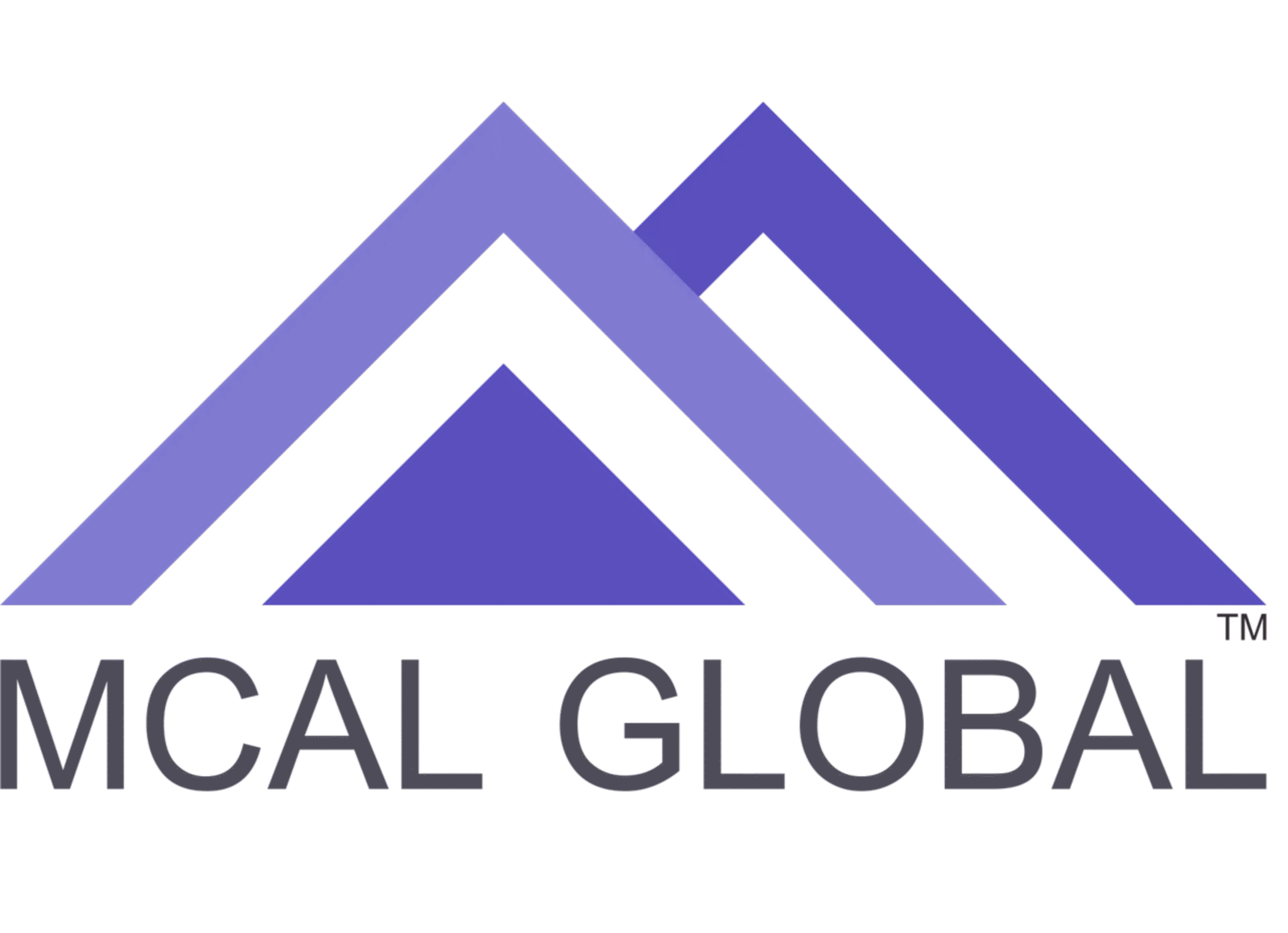As a business analyst, observation techniques serve as powerful tools to gather valuable data, uncover insights, and inform decision-making. By directly observing people, processes, or events, business analysts can gain a deeper understanding of user behavior, identify patterns, and uncover improvement opportunities. This article provides a detailed guide to observation techniques from a business analyst’s perspective, including their definition, types, benefits, considerations, examples, and related tools and organizations that support their implementation.I. Understanding Observation Techniques in Business Analysis:Observation techniques involve systematically observing and documenting behaviors, interactions, or events in real-time. As a research method, observation provides firsthand and objective data, allowing business analysts to understand complex situations, validate assumptions, and make informed recommendations. Observation techniques are particularly valuable for understanding user behavior, analyzing workflows, and identifying process inefficiencies.II. Types of Observation Techniques in Business Analysis:
- Structured Observation: Structured observation involves predefined categories or checklists to systematically record specific behaviors or events. Business analysts use this technique to gather quantitative data, measure compliance with predefined standards, or compare behaviors across different observations.
- Unstructured Observation: Unstructured observation provides flexibility for business analysts to observe and record a wide range of behaviors or events without predefined categories. This approach allows for a qualitative understanding of the observed phenomenon, uncovering unexpected insights and emergent patterns.
- Participant Observation: Participant observation involves actively participating in the observed activity or environment. Business analysts immerse themselves in the context to gain a deeper understanding of user experiences, motivations, and pain points. This technique is particularly useful for uncovering tacit knowledge and understanding the perspective of stakeholders.
- Non-Participant Observation: Non-participant observation involves observing without actively participating in the observed activity or environment. Business analysts use this technique to maintain objectivity and minimize any potential influence on the observed behavior or event. Non-participant observation provides an unbiased perspective on the observed phenomenon.
III. Benefits and Considerations of Observation Techniques:
- Real-Time and Authentic Data: Observation techniques provide real-time and authentic data by capturing behaviors as they naturally occur. This data is free from biases associated with self-reporting or memory limitations, providing a more accurate representation of actual behaviors and processes.
- Contextual Understanding: Observation allows business analysts to observe behaviors, interactions, and processes in their natural context. This contextual understanding helps uncover hidden dynamics, cultural influences, and environmental factors that may impact the observed phenomenon.
- Identifying Unconscious Behavior: Observation techniques enable business analysts to identify unconscious behaviors or patterns that individuals may not be aware of or accurately report. This deep understanding of behaviors and decision-making processes helps uncover underlying motivations and drivers.
- Ethical Considerations: When conducting observations, business analysts must consider ethical guidelines. This includes obtaining informed consent from participants, maintaining privacy and confidentiality, and minimizing any disruptions or interference with the observed individuals or environment.
- Potential Observer Bias: Observer bias is a potential limitation of observation techniques. Business analysts must be aware of their own biases and strive to minimize personal interpretations that may influence data collection and analysis. Inter-rater reliability and calibration sessions can help mitigate observer bias.
IV. Examples of Observation Techniques in Business Analysis:Example 1: User Experience Observation Objective: Understand user interactions with a mobile application. Method: Participant observation. Observation Focus: User navigation patterns, feature usage, and difficulties encountered. Data Collection: Take notes, capture screenshots, or record screen activity to document observations.Example 2: Workflow Analysis Observation Objective: Identify bottlenecks in a manufacturing process. Method: Non-participant observation. Observation Focus: Sequence of tasks, waiting times, and workflow disruptions. Data Collection: Use a structured checklist to record observations, timings, and notable events.V. Related Tools and Organizations:
- NVivo: NVivo is a qualitative data analysis software that assists business analysts in managing and analyzing observational data. It provides tools for coding, organizing, and visualizing data, allowing for in-depth analysis and identification of emerging themes. Website: https://www.qsrinternational.com/nvivo/home
- The International Institute of Business Analysis (IIBA): The IIBA is a professional organization dedicated to business analysis. They provide resources, certifications, and industry standards that support business analysts in their observation techniques and overall practice. Website: https://www.iiba.org/
- The Market Research Society (MRS): The MRS is a professional association for market researchers that offers guidance, training, and resources related to observational research techniques. They provide best practices and ethical guidelines for conducting observations in a business context. Website: https://www.mrs.org.uk/
Conclusion:Observation techniques empower business analysts to gain valuable insights into user behavior, processes, and interactions. By leveraging various observation methods, business analysts can uncover patterns, validate assumptions, and identify improvement opportunities. Utilizing appropriate tools and resources, and adhering to ethical considerations, enhances the implementation and analysis of observation techniques in the business analysis process.References:
- NVivo. (n.d.). NVivo. Retrieved from https://www.qsrinternational.com/nvivo/home
- International Institute of Business Analysis (IIBA). (n.d.). IIBA. Retrieved from https://www.iiba.org/
- The Market Research Society (MRS). (n.d.). MRS. Retrieved from https://www.mrs.org.uk/
For better understanding join MCAL Global’sMaster Business Analysis Training – MBATâ€. MBAT is the flagship business analyst course. MCAL Global has trained more than 2000 professionals on the business analysis processes, concepts, tools, techniques, best practices, business analyst certification, and software tools via this program.Â
Through active feedback collected from individuals & corporates, MCAL Global has perfected this business analyst course via numerous updates and revisions to deliver the best possible results for individuals or corporates. MCAL Global conducts a classroom for this business analyst training in Pune and business analyst training in Mumbai, else you can join our live online business analyst course from anywhere.Â
MCAL Global has trained professionals from the United States, UAE – Dubai, Australia, United Kingdom, and all major cities from India through our live instructor online business analyst courses. You can send your interest by visiting our contact us page.


